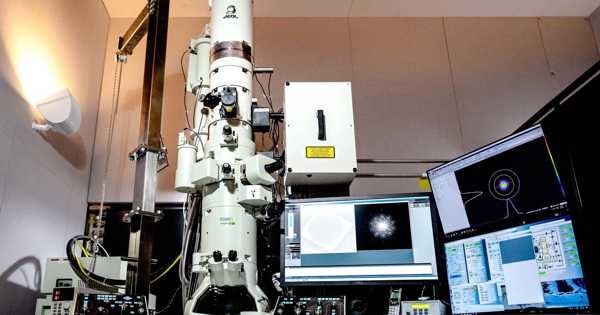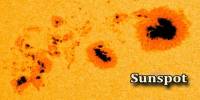Everyone who has visited the Grand Canyon can attest to the powerful emotions that come with being so close to one of nature’s most awe-inspiring wonders. Similarly, scientists at the U.S. Department of Energy’s (DOE) Argonne National Laboratory discovered that gold nanoparticles behave unusually close to the edge of graphene, a one-atom-thick sheet of carbon. This could have far-reaching consequences for the development of new sensors and quantum devices.
A newly established ultrafast electron microscope (UEM) at Argonne’s Center for Nanoscale Materials (CNM), a DOE Office of Science User Facility, enabled this discovery. The UEM allows for the visualization and investigation of phenomena at the nanoscale and in time frames as short as a trillionth of a second. This discovery has the potential to make a big impact in the growing field of plasmonics, which involves light striking a material surface and triggering electron waves, known as plasmonic fields.
For many years, scientists have been working on the development of plasmonic devices with a wide range of applications, ranging from quantum information processing to optoelectronics (the combination of light-based and electronic components) to sensors for biological and medical applications. They accomplish this by combining two-dimensional materials with atomic-level thickness, such as graphene, with nanosized metal particles. Understanding the combined plasmonic behavior of these two distinct types of materials necessitates a thorough understanding of how they are coupled.
Scientists discovered that nanoparticles of gold act unusually when close to the edge of a one-atom-thick sheet of carbon, called graphene. This could have big implications for the development of new sensors and quantum devices.
In a recent study from Argonne, researchers used ultrafast electron microscopy to look directly at the coupling between gold nanoparticles and graphene.
“Surface plasmons are light-induced electron oscillations on the surface of a nanoparticle or at an interface between a nanoparticle and another material,” Argonne nanoscientist Haihua Liu explained. “When we shine a light on a nanoparticle, it generates a plasmonic field that lasts only a few seconds. When the pulsed electrons in our UEM collide with this short-lived field, the electrons either gain or lose energy. The electrons that gain energy are then collected using an energy filter to map the plasmonic field distributions around the nanoparticle.”
Liu and his colleagues discovered an unusual phenomenon while studying gold nanoparticles. The plasmonic field was symmetric when the nanoparticle was placed on a flat sheet of graphene. However, when the nanoparticle was placed near a graphene edge, the plasmonic field concentrated much more strongly near the edge.

“It’s a remarkable new way of thinking about how we can manipulate charge at the nanoscale in the form of a plasmonic field and other phenomena using light,” Liu said. “With ultrafast capabilities, there’s no telling what we’ll discover as we experiment with different materials and their properties.”
Ultrafast scanning electron microscopy is a cutting-edge consolidated facility that combines two microscopic modalities, pump-probe microscopy, and scanning electron microscopy, to collect temporal and spatial resolution phenomena. The entire experiment, from nanoparticle stimulation to detection of the plasmonic field, takes less than a few hundred quadrillionths of a second.
“The CNM is unique in that it houses a UEM that is open to the public and capable of taking measurements with nanometer spatial resolution and sub-picosecond time resolution,” CNM Director Ilke Arslan said. “Having the ability to take measurements like this in such a short time frame allows us to investigate a wide range of new phenomena in non-equilibrium states that we haven’t been able to investigate previously. We are thrilled to be able to offer this capability to the international user community.”
The knowledge gained about the coupling mechanism of this nanoparticle-graphene system should be crucial in the development of exciting new plasmonic devices in the future.
The study was the basis for a paper titled “Visualization of plasmonic couplings using ultrafast electron microscopy,” which was published in the journal Nano Letters. Argonne’s Thomas Gage, Richard Schaller, and Stephen Gray are among the other authors, in addition to Liu and Arslan. Prem Singh and Amit Jaiswal of the Indian Institute of Technology, as well as Jau Tang of Wuhan University and Sang Tae Park of IDES, Inc., all contributed.
















